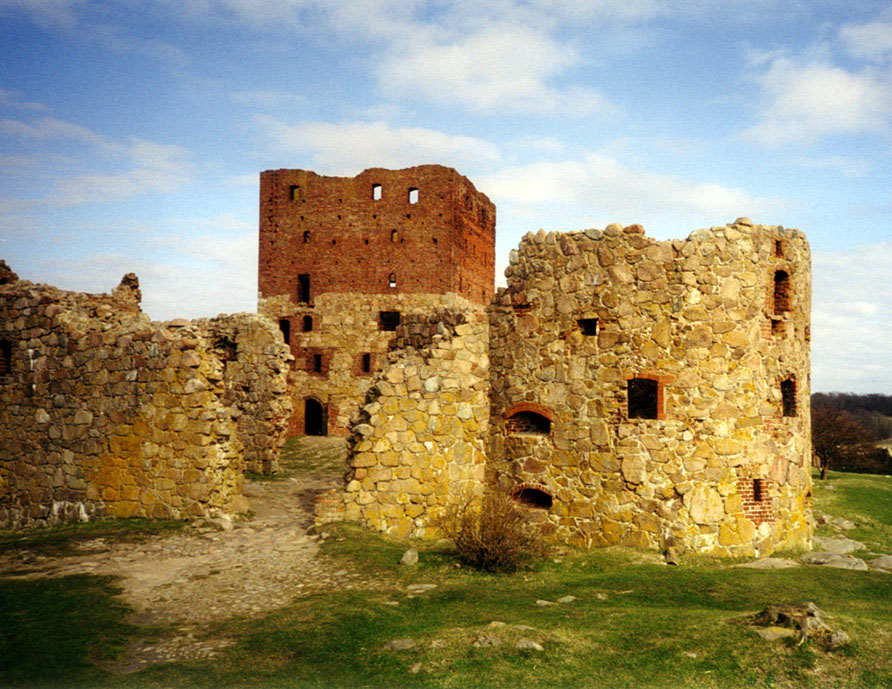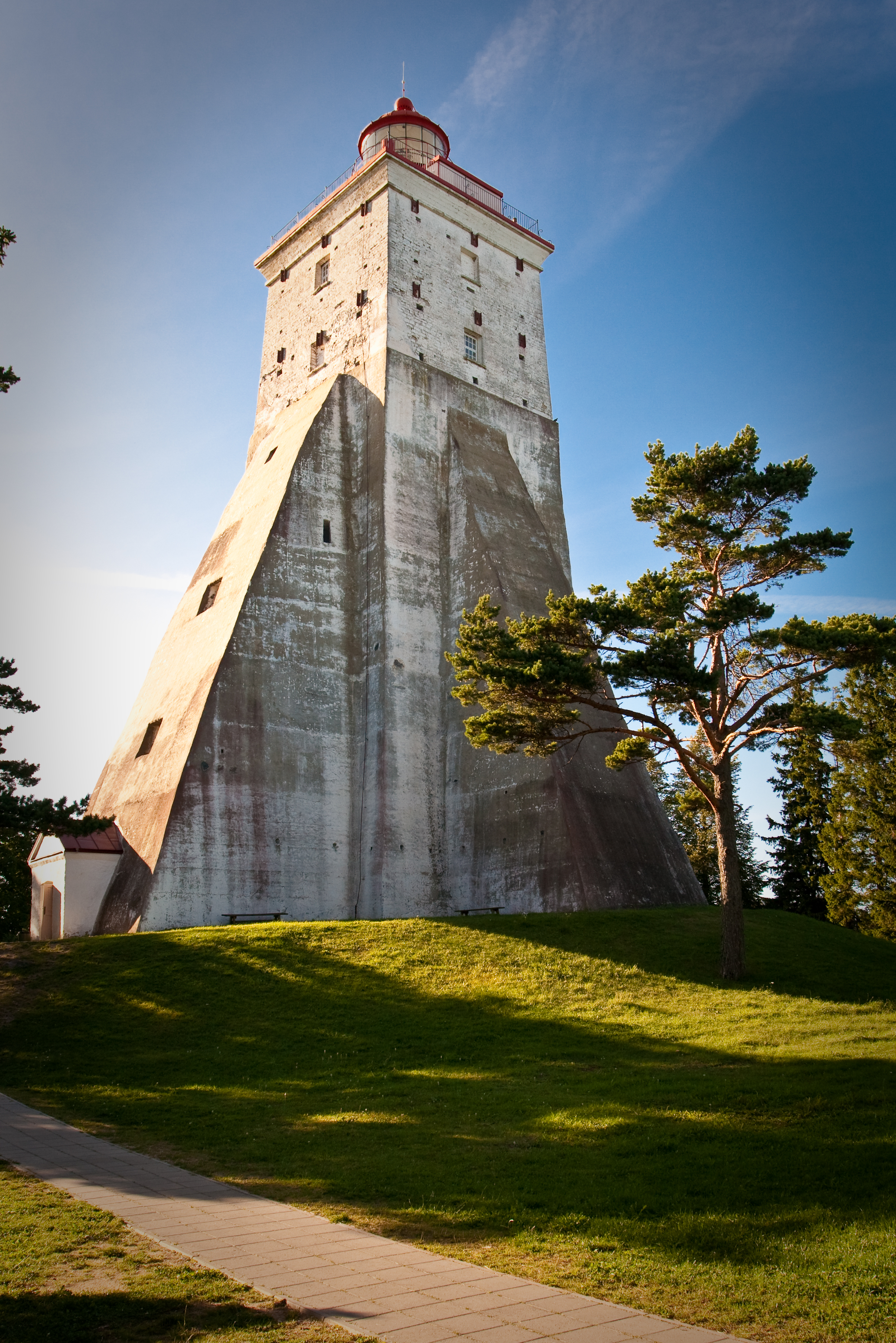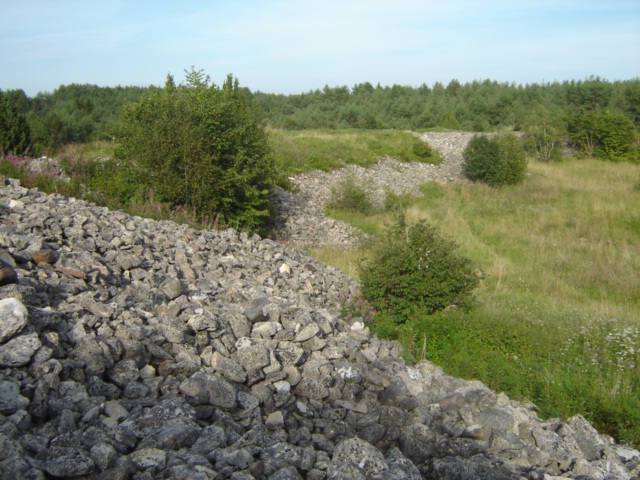|
B7 Baltic Islands Network
B7 Baltic Islands Network is a Transnational governance, transnational cooperation between the local administrations or governments of seven islands in the Baltic Sea. Scope The network is made up of the local administrations or governments of the islands of Bornholm (Denmark), Gotland (Sweden), Hiiumaa (Estonia), Rügen (Germany), Saaremaa (Estonia), Åland (autonomous part of Finland) and Öland (Sweden). The network has two decision-making bodies; a "steering committee", which is the politically responsible body, and a managing authority, called the "board". The cooperation is funded by member fees, which are according to population size. Purpose The network aims at promoting the various interests of the islands at national and international level, as well as to function as a platform for exchange of ideas and experiences. References {{Reflist External links Official website Baltic Sea ... [...More Info...] [...Related Items...] OR: [Wikipedia] [Google] [Baidu] |
Baltic Seven Islands
Baltic may refer to: Peoples and languages *Baltic languages, a subfamily of Indo-European languages, including Lithuanian, Latvian and extinct Old Prussian *Balts (or Baltic peoples), ethnic groups speaking the Baltic languages and/or originating from the Baltic countries *Baltic Germans, historical ethnic German minority in Latvia and Estonia *Baltic Finnic peoples, the Finnic peoples historically inhabiting the area on the northeastern side of the Baltic sea Places Northern Europe * Baltic Sea, in Europe * Baltic region, an ambiguous term referring to the general area surrounding the Baltic Sea * Baltic states (also Baltic countries, Baltic nations, Baltics), a geopolitical term, currently referring to Estonia, Latvia and Lithuania * Baltic Provinces or governorates, former parts of the Swedish Empire and then Russian Empire (in modern Latvia, Estonia) * Baltic Shield, the exposed Precambrian northwest segment of the East European Craton * Baltic Plate, an ancient tectonic pla ... [...More Info...] [...Related Items...] OR: [Wikipedia] [Google] [Baidu] |
Transnational Governance
Transnational governance, within a European Union framework, is both a subset of governance in general and an application of it to situations outside its usual limits of corporate or governmental hierarchies, whether regional or national. When such disparate hierarchies within the EU find common goals, typically within a conterminous geographic area, they seek to achieve them by integrating their various policies and activities. The goals of transnational governance, especially for areas previously divided by the Iron Curtain or pre-EU barriers to free trade and movement of peoples, is to foster economic and social development. Background The economic development could be defined as the increased of wealth of a country or a region and the social development could be loosely defined as the improvements of quality of living for the population. Economic and social are, or at least should be, inseparable concepts. Why reach a high economic development if the inhabitants living in ... [...More Info...] [...Related Items...] OR: [Wikipedia] [Google] [Baidu] |
Baltic Sea
The Baltic Sea is an arm of the Atlantic Ocean that is enclosed by Denmark, Estonia, Finland, Germany, Latvia, Lithuania, Poland, Russia, Sweden and the North and Central European Plain. The sea stretches from 53°N to 66°N latitude and from 10°E to 30°E longitude. A marginal sea of the Atlantic, with limited water exchange between the two water bodies, the Baltic Sea drains through the Danish Straits into the Kattegat by way of the Øresund, Great Belt and Little Belt. It includes the Gulf of Bothnia, the Bay of Bothnia, the Gulf of Finland, the Gulf of Riga and the Bay of Gdańsk. The " Baltic Proper" is bordered on its northern edge, at latitude 60°N, by Åland and the Gulf of Bothnia, on its northeastern edge by the Gulf of Finland, on its eastern edge by the Gulf of Riga, and in the west by the Swedish part of the southern Scandinavian Peninsula. The Baltic Sea is connected by artificial waterways to the White Sea via the White Sea–Baltic Canal and to the German ... [...More Info...] [...Related Items...] OR: [Wikipedia] [Google] [Baidu] |
Bornholm
Bornholm () is a Danish island in the Baltic Sea, to the east of the rest of Denmark, south of Sweden, northeast of Germany and north of Poland. Strategically located, Bornholm has been fought over for centuries. It has usually been ruled by Denmark, but also by Sweden and by Lübeck. The ruin of Hammershus, at the northwestern tip of the island, is the largest medieval fortress in northern Europe, testament to the importance of its location. Bornholm and Ertholmene comprise the last remaining Danish territory in Skåneland east of Øresund, having been surrendered to Sweden in 1658, but regained by Denmark in 1660 after a local revolt. The island is known as ("sunshine island") because of its weather and ("rock island") because of its geology, which consists of granite, except along the southern coast. The heat from the summer is stored in the rock formations and the weather is quite warm until October. As a result of the climate, a local variety of the common fig, known ... [...More Info...] [...Related Items...] OR: [Wikipedia] [Google] [Baidu] |
Denmark
) , song = ( en, "King Christian stood by the lofty mast") , song_type = National and royal anthem , image_map = EU-Denmark.svg , map_caption = , subdivision_type = Sovereign state , subdivision_name = Danish Realm, Kingdom of Denmark , established_title = History of Denmark#Middle ages, Consolidation , established_date = 8th century , established_title2 = Christianization , established_date2 = 965 , established_title3 = , established_date3 = 5 June 1849 , established_title4 = Faroese home rule , established_date4 = 24 March 1948 , established_title5 = European Economic Community, EEC 1973 enlargement of the European Communities, accession , established_date5 = 1 January 1973 , established_title6 = Greenlandic home rule , established_date6 = 1 May 1979 , official_languages = Danish language, Danish , languages_type = Regional languages , languages_sub = yes , languages = German language, GermanGerman is recognised as a protected minority language in t ... [...More Info...] [...Related Items...] OR: [Wikipedia] [Google] [Baidu] |
Gotland
Gotland (, ; ''Gutland'' in Gutnish), also historically spelled Gottland or Gothland (), is Sweden's largest island. It is also a province, county, municipality, and diocese. The province includes the islands of Fårö and Gotska Sandön to the north, as well as the Karlsö Islands ( Lilla and Stora) to the west. The population is 61,001, of which about 23,600 live in Visby, the main town. Outside Visby, there are minor settlements and a mainly rural population. The island of Gotland and the other areas of the province of Gotland make up less than one percent of Sweden's total land area. The county formed by the archipelago is the second smallest by area and is the least populated in Sweden. In spite of the small size due to its narrow width, the driving distance between the furthermost points of the populated islands is about . Gotland is a fully integrated part of Sweden with no particular autonomy, unlike several other offshore island groups in Europe. Historically there was ... [...More Info...] [...Related Items...] OR: [Wikipedia] [Google] [Baidu] |
Sweden
Sweden, formally the Kingdom of Sweden,The United Nations Group of Experts on Geographical Names states that the country's formal name is the Kingdom of SwedenUNGEGN World Geographical Names, Sweden./ref> is a Nordic country located on the Scandinavian Peninsula in Northern Europe. It borders Norway to the west and north, Finland to the east, and is connected to Denmark in the southwest by a bridgetunnel across the Öresund. At , Sweden is the largest Nordic country, the third-largest country in the European Union, and the fifth-largest country in Europe. The capital and largest city is Stockholm. Sweden has a total population of 10.5 million, and a low population density of , with around 87% of Swedes residing in urban areas in the central and southern half of the country. Sweden has a nature dominated by forests and a large amount of lakes, including some of the largest in Europe. Many long rivers run from the Scandes range through the landscape, primarily ... [...More Info...] [...Related Items...] OR: [Wikipedia] [Google] [Baidu] |
Hiiumaa
Hiiumaa (, ) is the second largest island in Estonia and is part of the West Estonian archipelago, in the Baltic Sea. It has an area of 989 km2 and is 22 km from the Estonian mainland. Its largest town is Kärdla. It is located within Hiiu County. Names Hiiumaa is the main island of Hiiu County, called or in Estonian. The Swedish and German name of the island is or ('Day' island) and in Danish. In modern Finnish, it is called , literally 'Hiisi's Land'. In Russian it is known as (). In Old Gutnish, it was ('day isthmus'), from which the local North Germanic name is derived. History Prehistory Hiiumaa emerged from the Baltic Sea 8500 years ago due to isostatic uplift after the retreat of the ice cap. Mesolithic settlements are found on the island's Kõpu Peninsula from about 5500 BC. These settlements seem to be related mostly to seal hunting and extend into the earliest Neolithic. As Hiiumaa is constantly uplifting the local sea level was 20 m higher ... [...More Info...] [...Related Items...] OR: [Wikipedia] [Google] [Baidu] |
Estonia
Estonia, formally the Republic of Estonia, is a country by the Baltic Sea in Northern Europe. It is bordered to the north by the Gulf of Finland across from Finland, to the west by the sea across from Sweden, to the south by Latvia, and to the east by Lake Peipus and Russia. The territory of Estonia consists of the mainland, the larger islands of Saaremaa and Hiiumaa, and over 2,200 other islands and islets on the eastern coast of the Baltic Sea, covering a total area of . The capital city Tallinn and Tartu are the two largest urban areas of the country. The Estonian language is the autochthonous and the official language of Estonia; it is the first language of the majority of its population, as well as the world's second most spoken Finnic language. The land of what is now modern Estonia has been inhabited by '' Homo sapiens'' since at least 9,000 BC. The medieval indigenous population of Estonia was one of the last " pagan" civilisations in Europe to adopt Ch ... [...More Info...] [...Related Items...] OR: [Wikipedia] [Google] [Baidu] |
Rügen
Rügen (; la, Rugia, ) is Germany's largest island. It is located off the Pomeranian coast in the Baltic Sea and belongs to the state of Mecklenburg-Western Pomerania. The "gateway" to Rügen island is the Hanseatic city of Stralsund, where it is linked to the mainland by road and railway via the Rügen Bridge and Causeway, two routes crossing the two-kilometre-wide Strelasund, a sound of the Baltic Sea. Rügen has a maximum length of (from north to south), a maximum width of in the south and an area of . The coast is characterized by numerous sandy beaches, lagoons () and open bays (), as well as projecting peninsulas and headlands. In June 2011, UNESCO awarded the status of a World Heritage Site to the Jasmund National Park, famous for its vast stands of beeches and chalk cliffs like King's Chair, the main landmark of Rügen island. The island of Rügen is part of the district of Vorpommern-Rügen, with its county seat in Stralsund. The towns on Rügen are: Bergen, S ... [...More Info...] [...Related Items...] OR: [Wikipedia] [Google] [Baidu] |
Germany
Germany,, officially the Federal Republic of Germany, is a country in Central Europe. It is the second most populous country in Europe after Russia, and the most populous member state of the European Union. Germany is situated between the Baltic and North seas to the north, and the Alps to the south; it covers an area of , with a population of almost 84 million within its 16 constituent states. Germany borders Denmark to the north, Poland and the Czech Republic to the east, Austria and Switzerland to the south, and France, Luxembourg, Belgium, and the Netherlands to the west. The nation's capital and most populous city is Berlin and its financial centre is Frankfurt; the largest urban area is the Ruhr. Various Germanic tribes have inhabited the northern parts of modern Germany since classical antiquity. A region named Germania was documented before AD 100. In 962, the Kingdom of Germany formed the bulk of the Holy Roman Empire. During the 16th ce ... [...More Info...] [...Related Items...] OR: [Wikipedia] [Google] [Baidu] |
Saaremaa
Saaremaa is the largest island in Estonia, measuring . The main island of Saare County, it is located in the Baltic Sea, south of Hiiumaa island and west of Muhu island, and belongs to the West Estonian Archipelago. The capital of the island is Kuressaare, which in January 2018 had 13,276 inhabitants. The whole island had a recorded population in January 2020 of 31,435. Etymology In old Scandinavian sources, Saaremaa is called ''Eysysla'' and in the Icelandic Sagas ''Eysýsla'' (Old Norse: ), meaning "the district (land) of island". The island is called ''Saaremaa'' in Estonian language, Estonian, and in Finnish language, Finnish ''Saarenmaa''—literally "isle land" or "island land",Toomse, Liine. "10 Estonian Islands You Should Visit." http://www.traveller.ee/blog/tallinn/10-estonian-islands-you-should-visit. Retrieved 8 March 2016. i.e. the same as the Scandinavian name for the island. The old Scandinavian name is also the origin of the island's name in Danish language, D ... [...More Info...] [...Related Items...] OR: [Wikipedia] [Google] [Baidu] |





